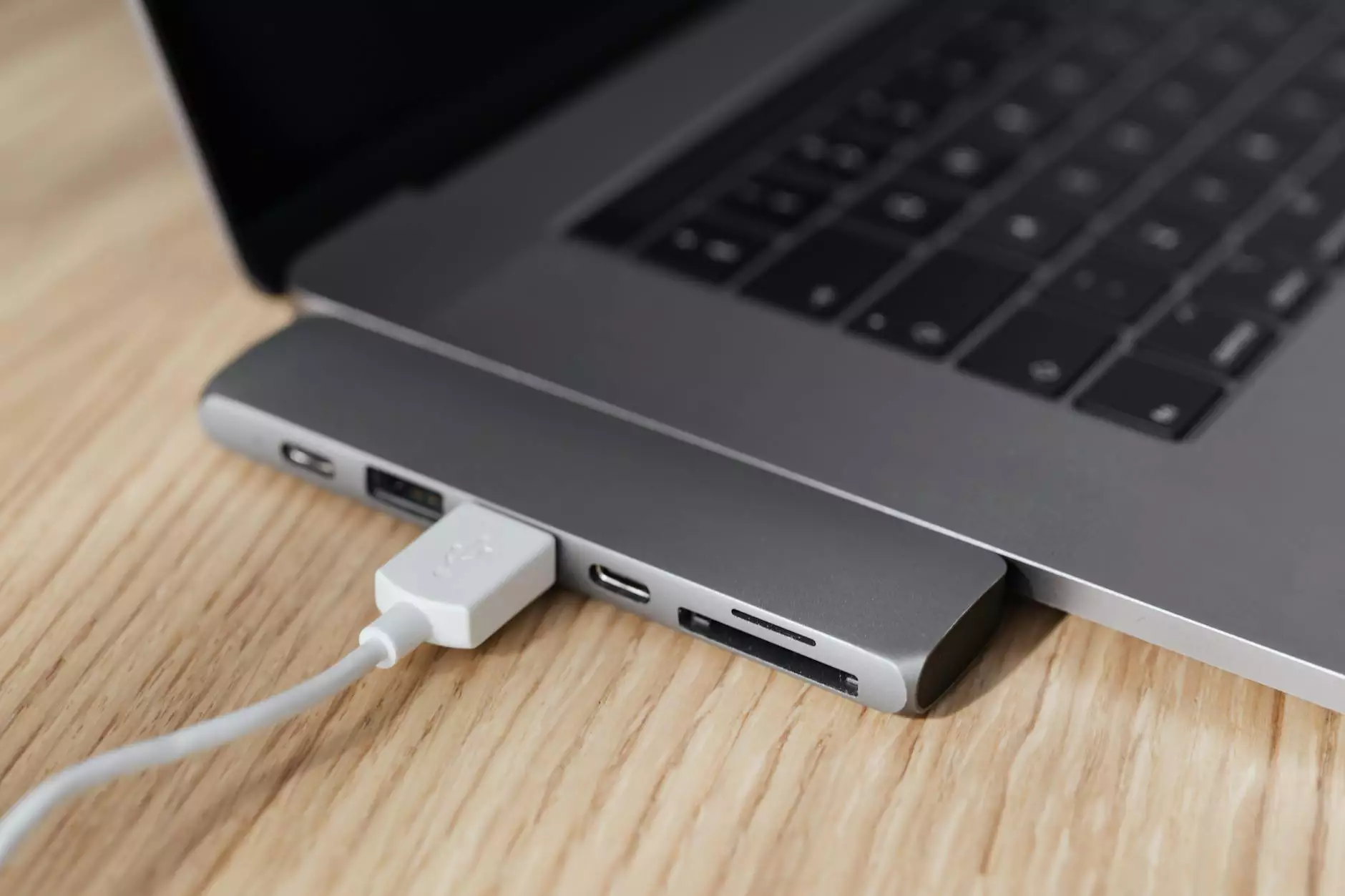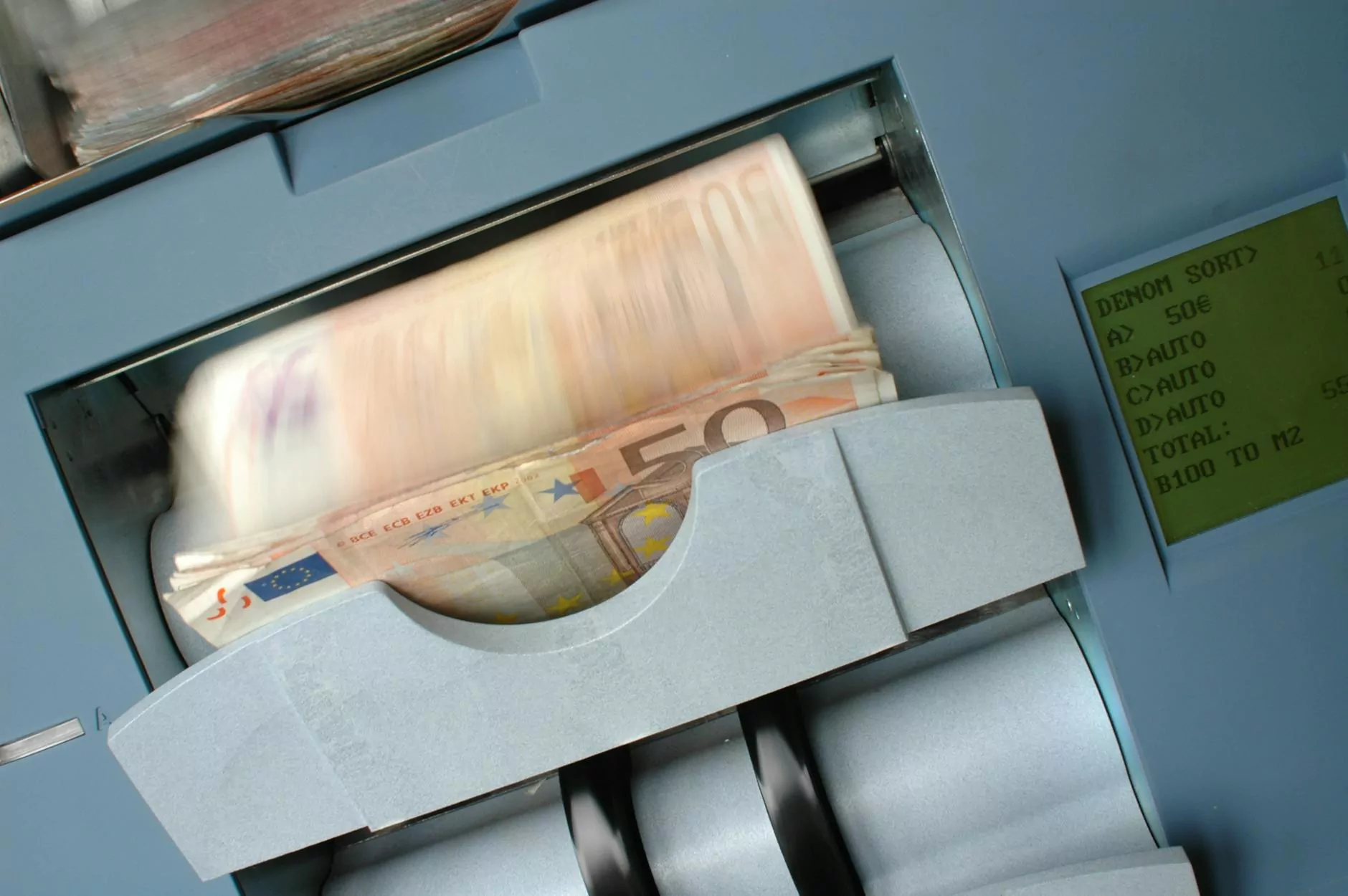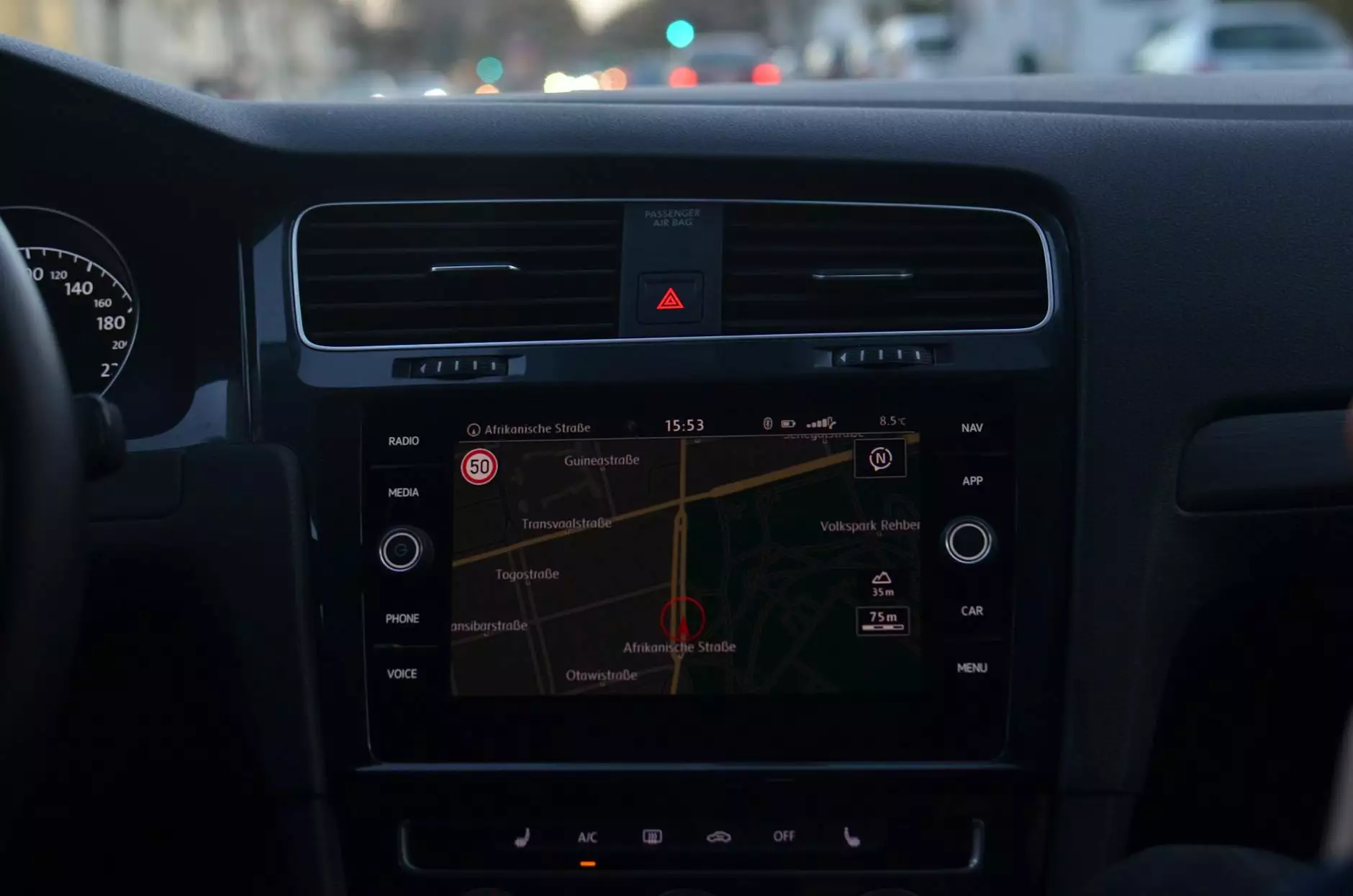Flash Drive Read Write Speed: Everything You Need to Know

Welcome to Content Professionals, your ultimate guide to understanding the intricacies of flash drive speed and read/write speeds of USB drives. In this comprehensive guide, we delve into the nuances of thumb drive transfer speed, USB 2.0 and USB 3.0 read/write speeds, and explore how these factors impact the performance of your storage devices.
Understanding Flash Drive Speed
When it comes to flash drives, speed is a crucial factor that determines how efficiently data can be transferred to and from the device. The speed of a flash drive is typically measured in terms of read and write speeds, which are essential for smooth data access and transfer processes.
Read/Write Speed of USB 2.0
USB 2.0 drives are known for their reliability and compatibility with a wide range of devices. The read and write speeds of USB 2.0 drives can vary depending on the quality and specifications of the drive. Generally, the read speed of USB 2.0 drives ranges from XX MB/s to XX MB/s, while the write speed can be around XX MB/s.
Read/Write Speed of USB 3.0
USB 3.0 drives offer significantly faster data transfer speeds compared to their USB 2.0 counterparts. The read speed of USB 3.0 drives can reach up to XX MB/s, while the write speed often exceeds XX MB/s. This enhanced speed makes USB 3.0 drives ideal for handling large files and multimedia content with ease.
Thumb Drive Speeds and Transfer Performance
Thumb drives, also known as USB flash drives, are popular portable storage solutions that come in varying capacities and speed ratings. When choosing a thumb drive, it's essential to consider factors such as read and write speeds, which directly impact the device's overall performance.
Thumb Drive Read/Write Speed
The read and write speeds of thumb drives can vary depending on the brand and model. High-speed thumb drives are capable of read speeds exceeding XX MB/s and write speeds of XX MB/s, ensuring quick data access and transfer operations.
Optimizing USB Drive Speeds
To maximize the speed and performance of your USB drives, consider the following tips:
- Use High-Speed USB Ports: Ensure your device is connected to a USB port that supports high-speed data transfer.
- Update Device Drivers: Keep your device drivers up to date to ensure optimal performance.
- Trim Down File Transfers: Avoid simultaneous large transfers to maintain consistent speeds.
By following these recommendations, you can enhance the read/write speeds of your USB drives and experience seamless data transfer operations.
Conclusion
In conclusion, understanding the intricacies of flash drive speed, read/write speeds, and thumb drive performance is essential for maximizing the efficiency of your storage devices. By considering factors such as USB 2.0 and USB 3.0 speeds, you can make informed decisions when selecting the right drive for your needs.
Stay tuned to Content Professionals for more insightful guides on technology, storage solutions, and optimizing device performance.









